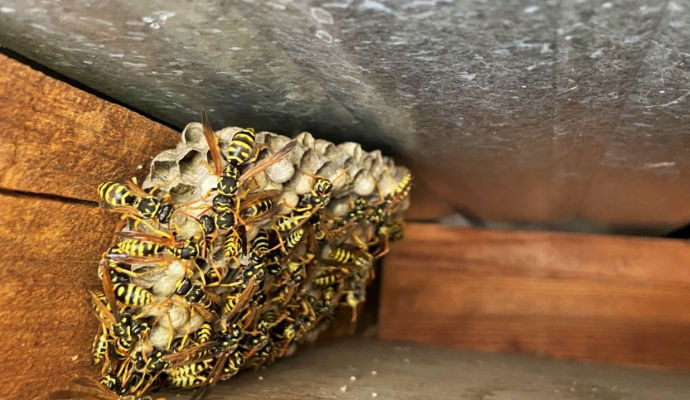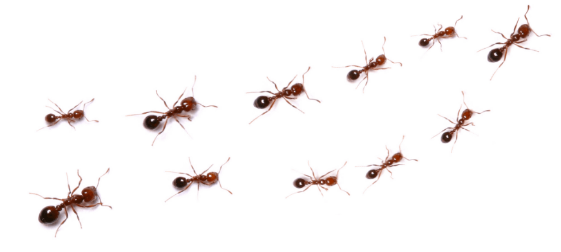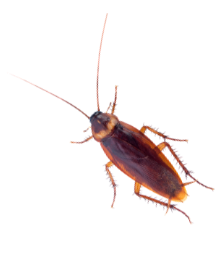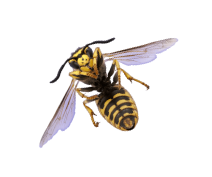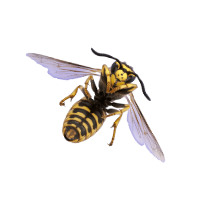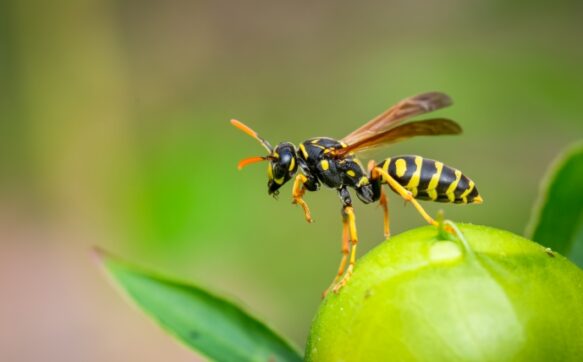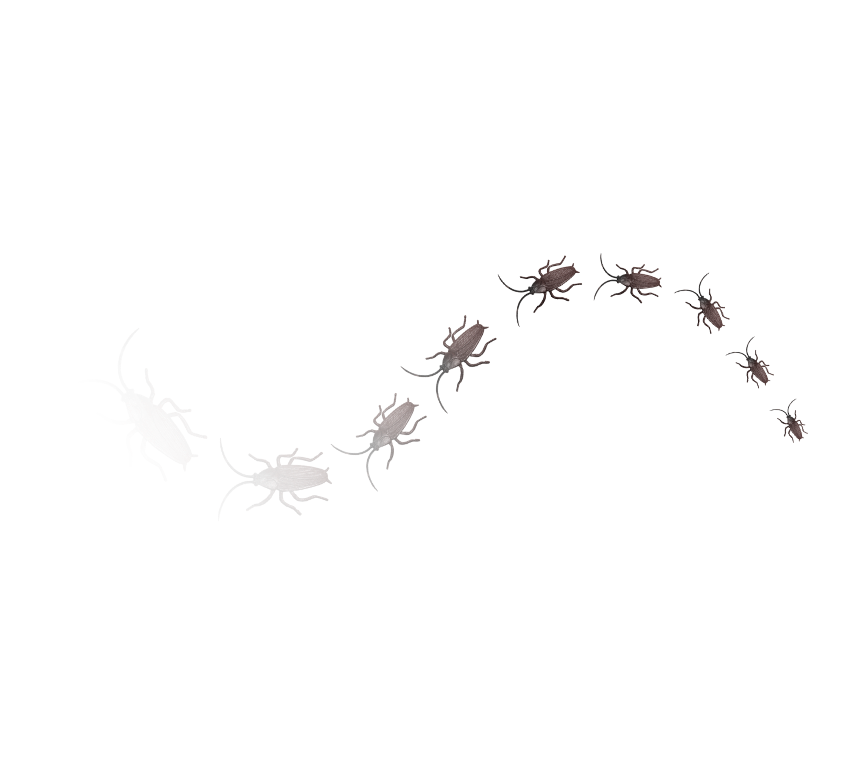
The nest is made from chewed plant fibres, mixed with saliva. It is generally found close to or in the ground, rather than higher up on bushes and trees like hornets. It has open cells and a petiole attaching the nest to the substrate. The wasps produce a chemical which repels ants, and secrete it around the base of this petiole to avoid ant predation.
A solitary female queen starts the nest, building 20–30 cells before initial egg-laying. This phase begins in spring, depending on climatic conditions. She fashions a petiole and produces a single cell at the end of it. Six further cells are then added around this to produce the characteristic hexagonal shape of the nest cells.
Once the larvae have hatched as workers, they take up most of the colony’s foraging, brood care and nest maintenance. A finished nest may be 20–30 cm across and contain 3,000 individuals.
Each wasp colony includes one queen and a number of sterile workers. Colonies usually last only one year, all but the queen dying at the onset of winter. However, in mild climates such as New Zealand, around 10% of the colonies survive the winter. New queens and males (drones) are produced towards the end of the summer, and after mating, the queen overwinters in a crack or other sheltered location.
This common and widespread wasp collects insects, including caterpillars, to feed to its larvae, and is therefore generally beneficial. The adults feed on nectar and sweet fruit, and are also attracted to human food and food waste, particularly sodas and meats.
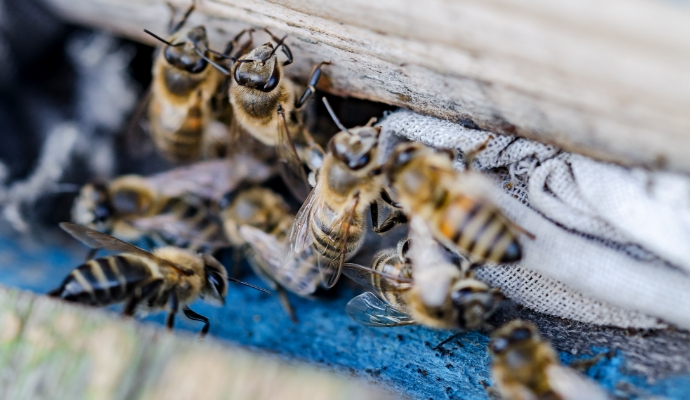
The nests are subject to predation by the honey buzzard, which excavates them to obtain the larvae. The hoverfly Volucella pellucens and some of its relatives lay their eggs in the wasp’s nest, and the larvae feed on the wasp’s young.
Workers at the nest entrance
This species is considered a pest in most areas outside its native range, though its long residency in North America is such that it is not treated with any level of urgency there, in contrast to areas such as South America, where the introduction is more recent, and the impacts far more dramatic, prompting a greater degree of concern over control measures.
Along with the closely related common wasp and two species of Polistes, the German wasp is likewise considered to be a pest in New Zealand. It was probably introduced in the late 19th century, but did not appear in large numbers until around 1940. It is common in the beech forest since it is one of the two wasps that feeds on the honeydew exuded by the native beech scale insect which lives in the bark of the trees. It has a serious effect on the forest ecology, since less honeydew is available for the native birds. In domestic situations, nests have been known to become very large, sometimes taking up entire attic spaces in houses.
Adult foraging on flowers
An unusual attempt at wasp control is related from Abercairney in Scotland, where until the 1950s, children were encouraged to compete in the Wasp Cup, awarded to the competitor who handed in the most queen wasps. The wasps were stuck to card and a payment of 1d was made for each; totals of 40 were not uncommon.
If you have any more questions or problems with pest control, feel free to contact us today!
